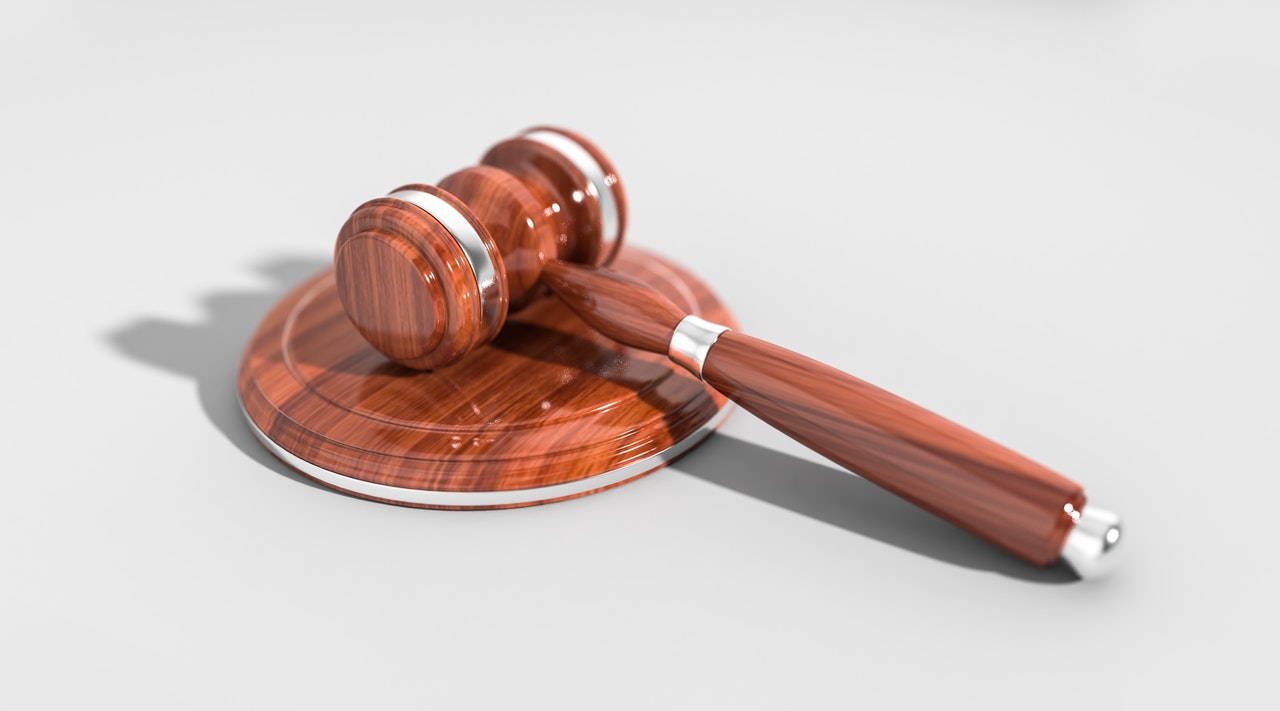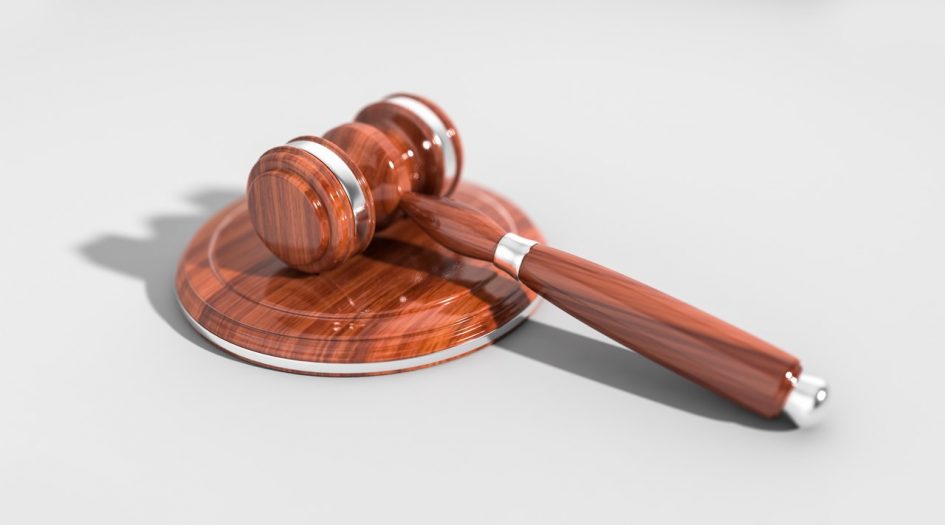The EU trade mark laws have changed significantly over the last few years, and are set to change again in October.
These changes will complement those made in March 2016, and will involve various additions and removals regarding trade mark ownership. Dawn Ellmore Employment have summarised the changes you can expect to see as trade mark owners and representatives.
Removal of ‘graphical representation’ requirement
This is a major change and will affect applications. As it stands, all trade mark applications must be represented in graphical form.
For those trying to register unusual trade marks such as moving images and sound marks, this proved a real problem. It became so difficulty to succeed in registering a non-conventional trade mark, that applications were dropping.
The upcoming change will allow applicants to file trade marks in different formats, including MP3 and MP4. The application will be simplified and figurative marks will be able to be applied for using a Jpeg. This removes the necessity for a detailed written description.
EU certification trade marks
Following steps implemented in the UK, certifying bodies will soon be able to register an EU-based certification mark. These are marks that highlight the fact that a product or service satisfies the regulations of a certain body – for example, the Fairtrade logo.
The certification body will be able to lodge an application for a fee of €1,500 and the certification mark will operate in multiple EU states.
Changes to priority claims
As it stands, it’s possible for an applicant to file a priority claim with the understanding the trade mark application will follow. After the change comes into effect on 1 October, the priority claim must be filed at the same time as the trade mark application.
Claims for acquired distinctiveness
At the moment, a trade mark applicant can only make a claim for acquired distinctiveness as a separate claim. After 1 October, the applicant will be allowed to also make a subsidiary claim, which means they will only have to file evidence if their first claim for inherent distinctiveness fails. This will save them time and money as they may not need to prepare the paperwork if it’s not needed.
These are the main changes that will affect trade mark registrations from 1 October, but there are various other smaller procedural alterations coming into effect as well. For more information, contact the team at Dawn Ellmore Employment.
About Dawn Ellmore Employment
Dawn Ellmore Employment was incorporated in 1995 and is a market leader in intellectual property and legal recruitment.



